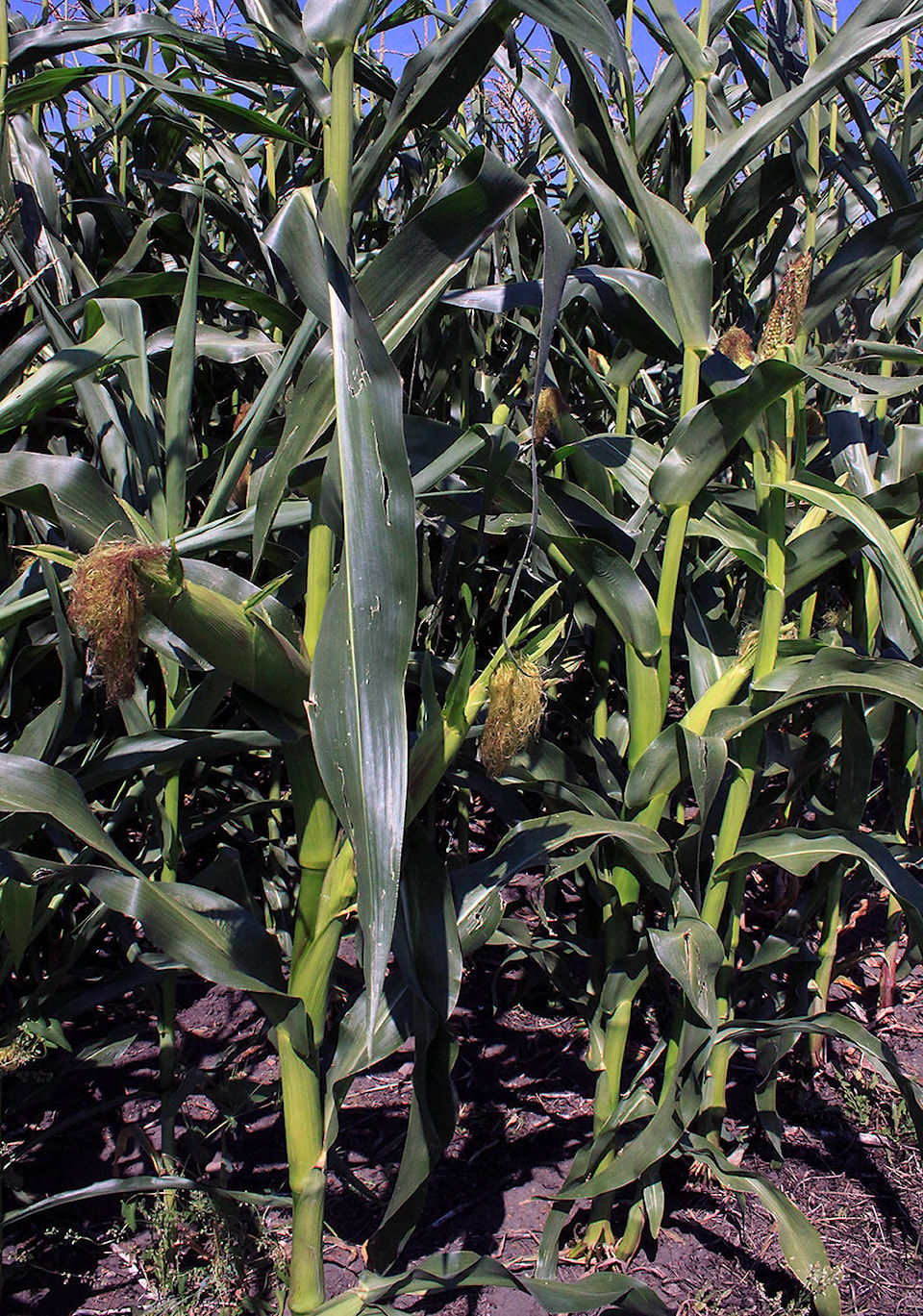As the weather conditions continue to leave fields dry, many producers are taking advantage now to get certain crops in the bin.
The most recent crop report from Alberta Agriculture and Forestry points out that harvesting has begun in nearly all portions of the province, with the central and southern regions the furthest advanced.
Progress in the central region — which includes Rimbey, Ponoka, Bashaw, Airdrie and Oyen — is around six per cent swathed and three per cent combined. That is close to the five year average of nine per cent swathed and three per cent harvested.
“To date, the harvest has been principally winter cereals at 59 per cent and field peas at 24 per cent,” stated James Wright with the actuarial, analytics and forecasting unit at Agriculture Financial Services Corporation.
“The second cut of dryland hay is about 45 per cent complete with 92 per cent rating the quality as good to excellent.”
Meanwhile, the majority of pastures and hay land were reportedly experiencing poor growth due to the lack of moisture in the region over the past couple of weeks.
In the southern region, harvest is well above the five year average of 15 per cent, with 36 per cent of the crop in the bin and 14 per cent in the swath.
Provincially, the north definitely benefited the most from the warmer weather since a wet summer combined with late seeding continues to hamper crop development.
Specifically, fields in the northwest and Peace regions have yet to see any harvest activity while the northeast has witnessed marginal harvesting work.
That said, overall crop conditions in the province are at 54 per cent good to excellent with progress on the harvest reaching six per cent sitting in the swath and 12 per cent combined.
“Much of the harvest progress is almost exclusively in the south region,” Wright said.
“It’s approximately 10 days ahead in the south, on average in central areas and about 10 to 14 days behind in the north. A long frost free fall will be needed to allow crops to mature in many northern areas.”
On the hay side, dryland yields are expected to be down between five and 10 per cent from the five-year average and well below last year’s yield, anywhere from 15 to 20 per cent.
“The south region has been the most affected by the weather this year, resulting in dryland yield reductions of 25 to 30 per cent from the five year average and the same amounts below last year,” Wright indicated.
The dry conditions have expanded to the central region, with yields projected to be down by 10 to 15 per cent below the five-year average and down 20 to 25 per cent from 2016.
It’s also anticipated that greatly reduced quality will be also be experienced in those regions due to the conditions.
However, hay yields in the rest of the province is expected to be near average, but upwards of 10 per cent lower than last year.
There has been some second cut haying done, with about 33 per cent finished across Alberta. Though in the south, drought conditions among the pastures has seen little if any second cut, which likely means cattle operations will need to start supplemental feeding earlier than usual this year.
